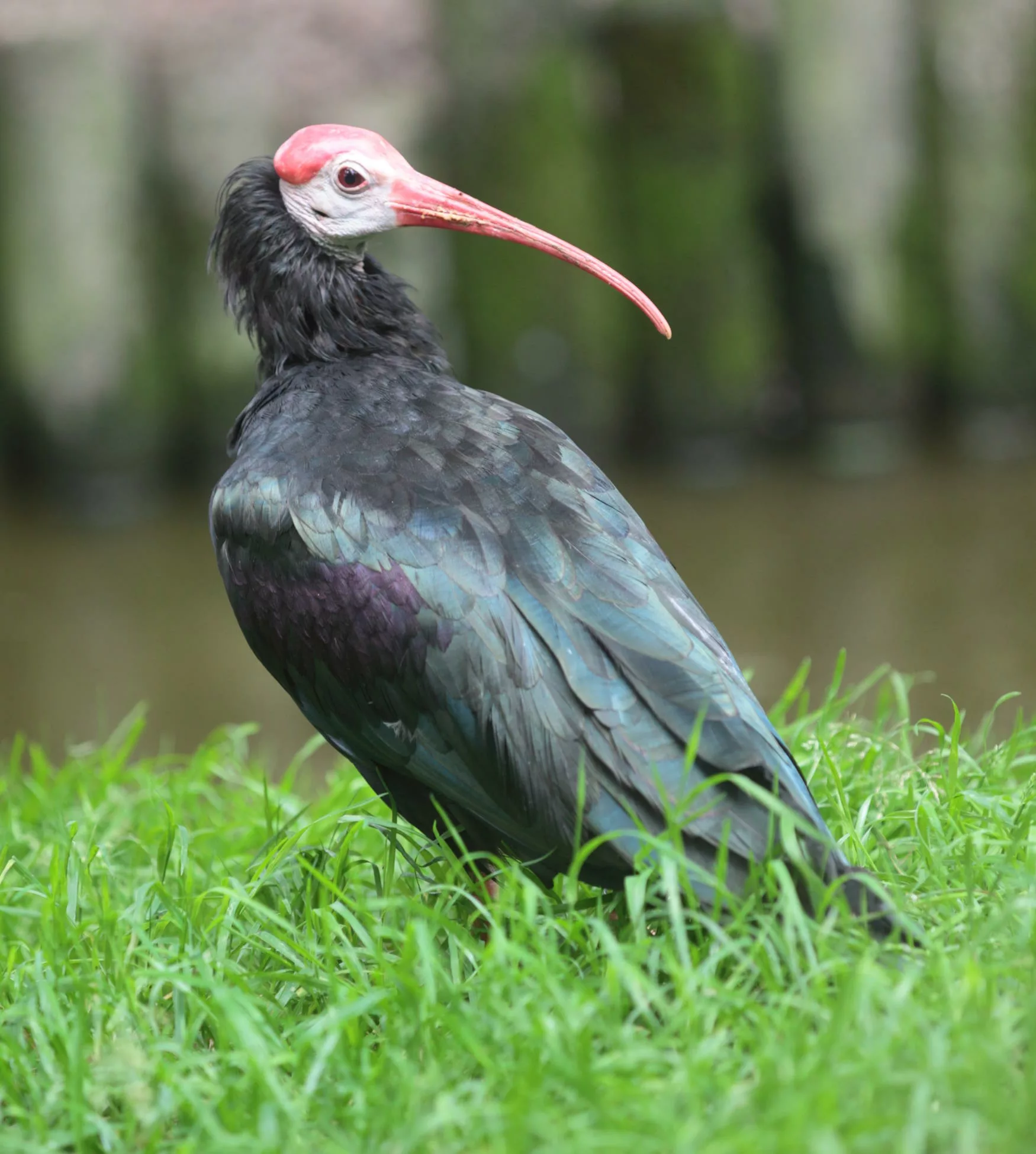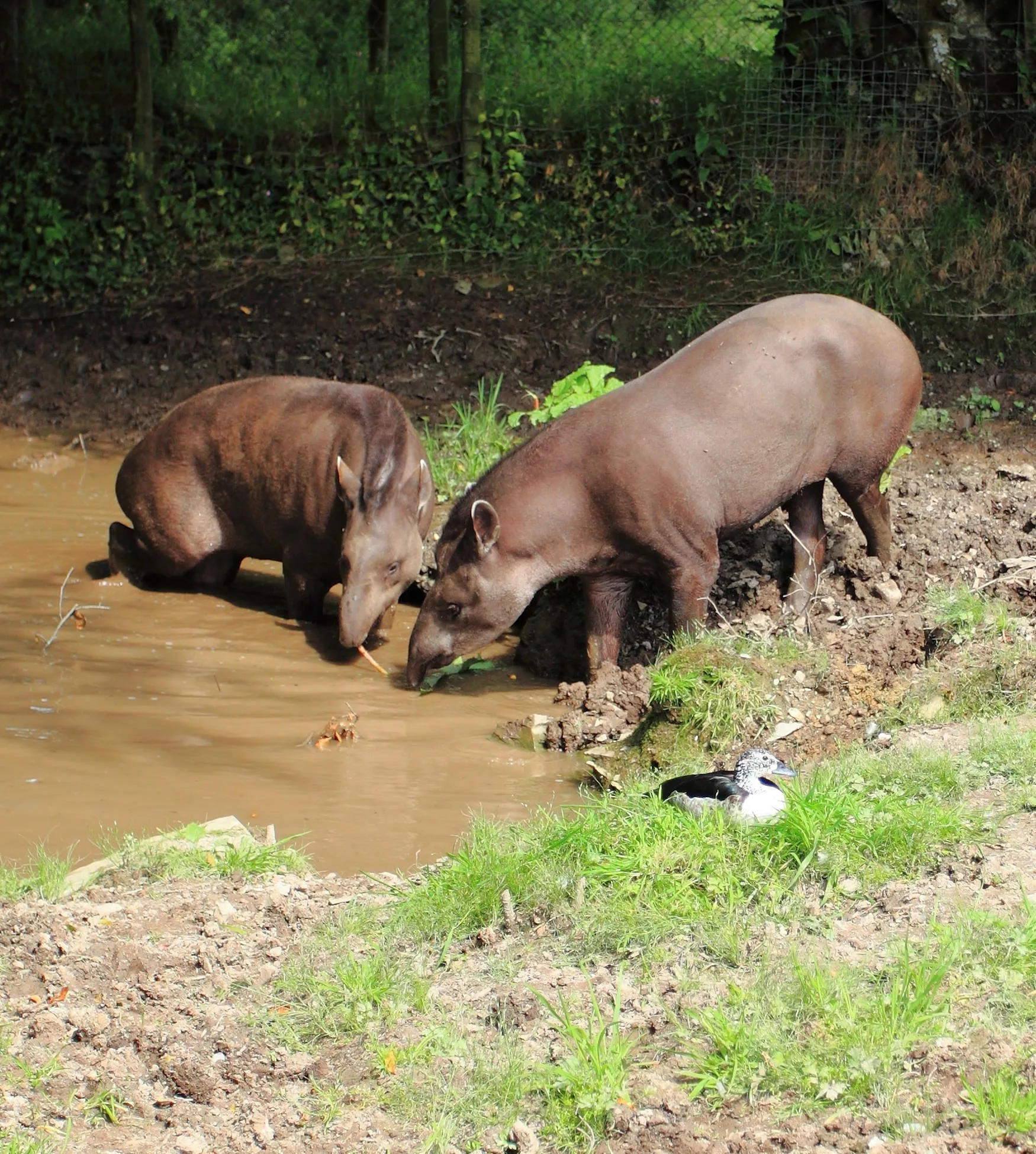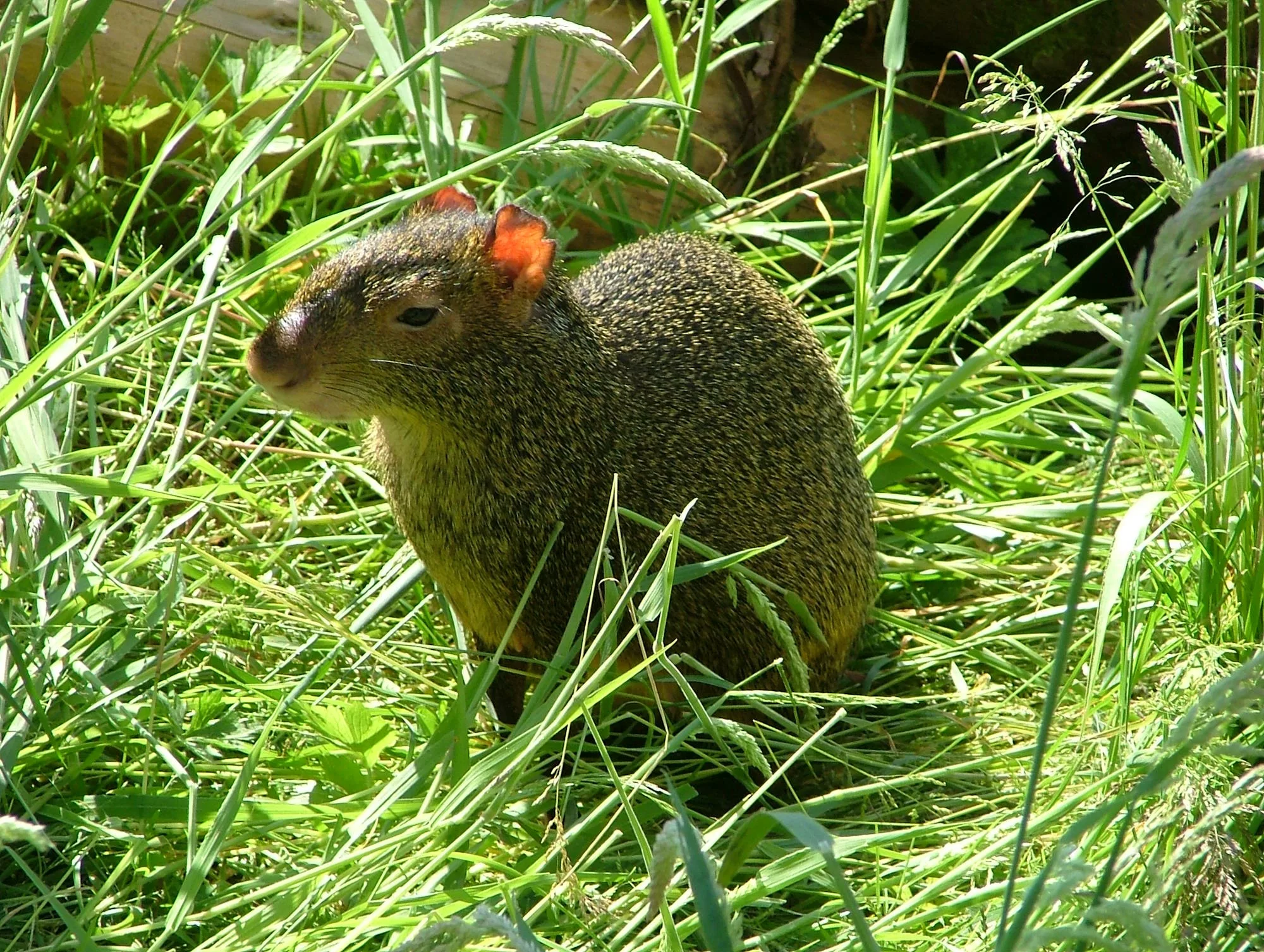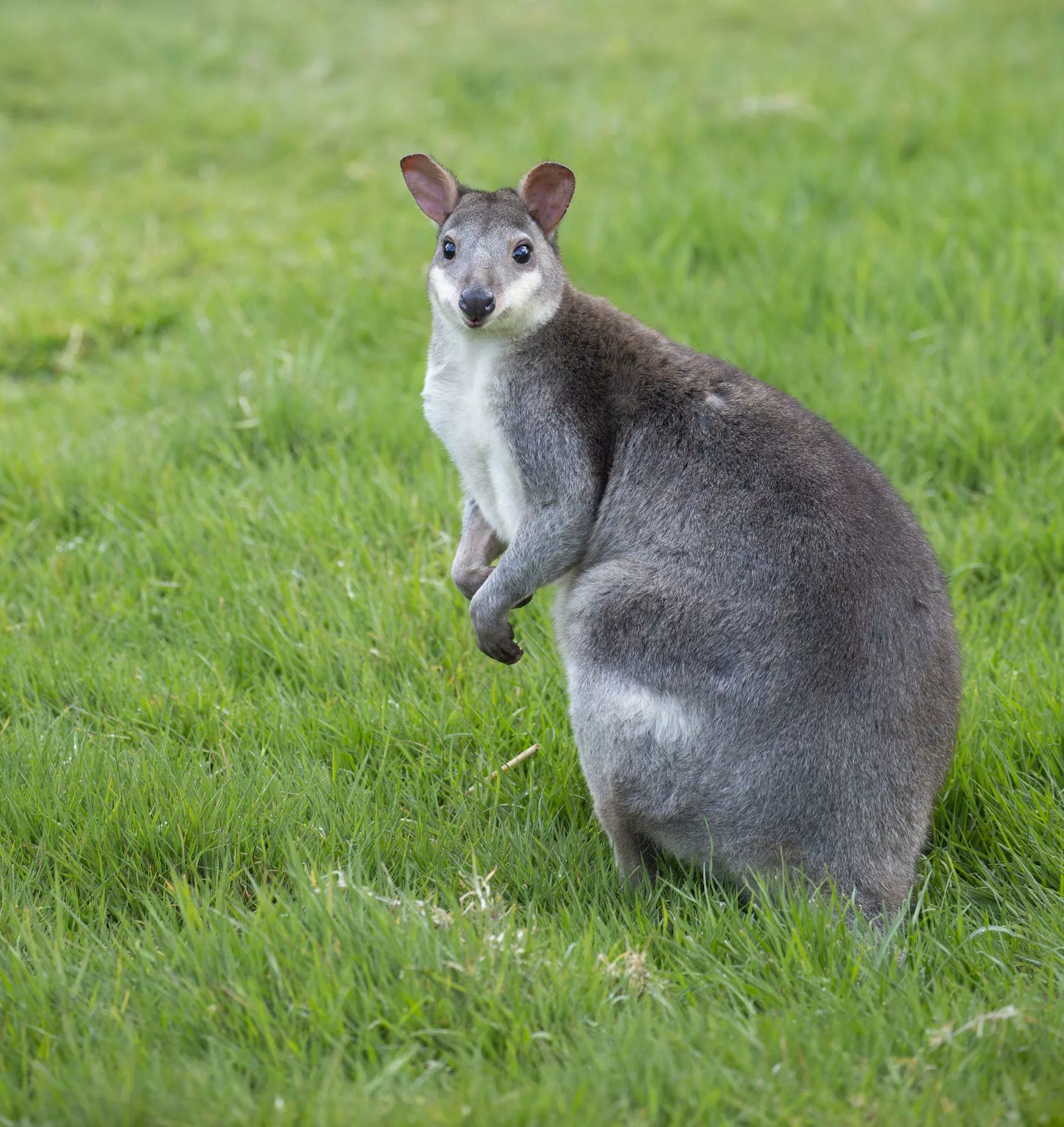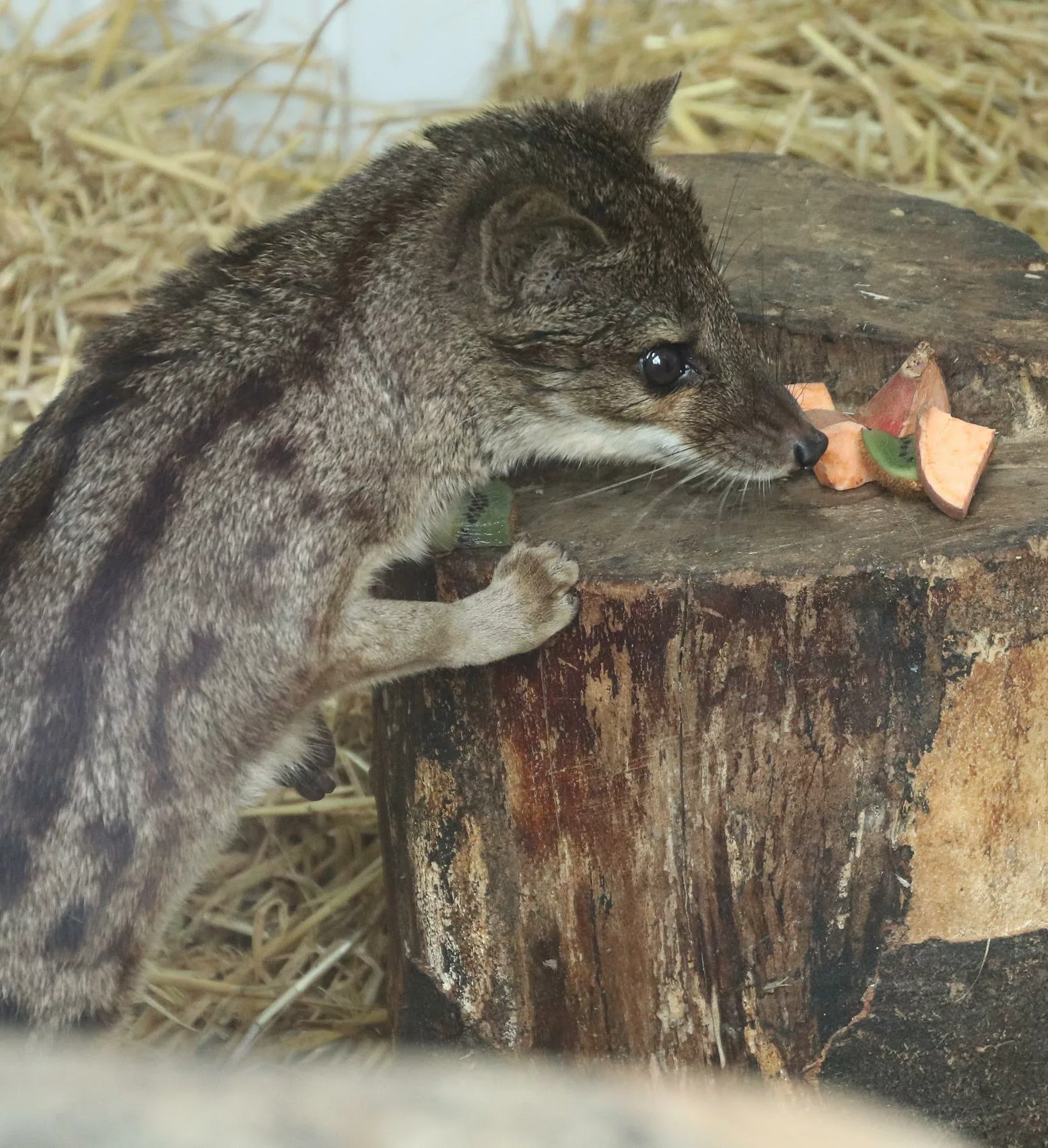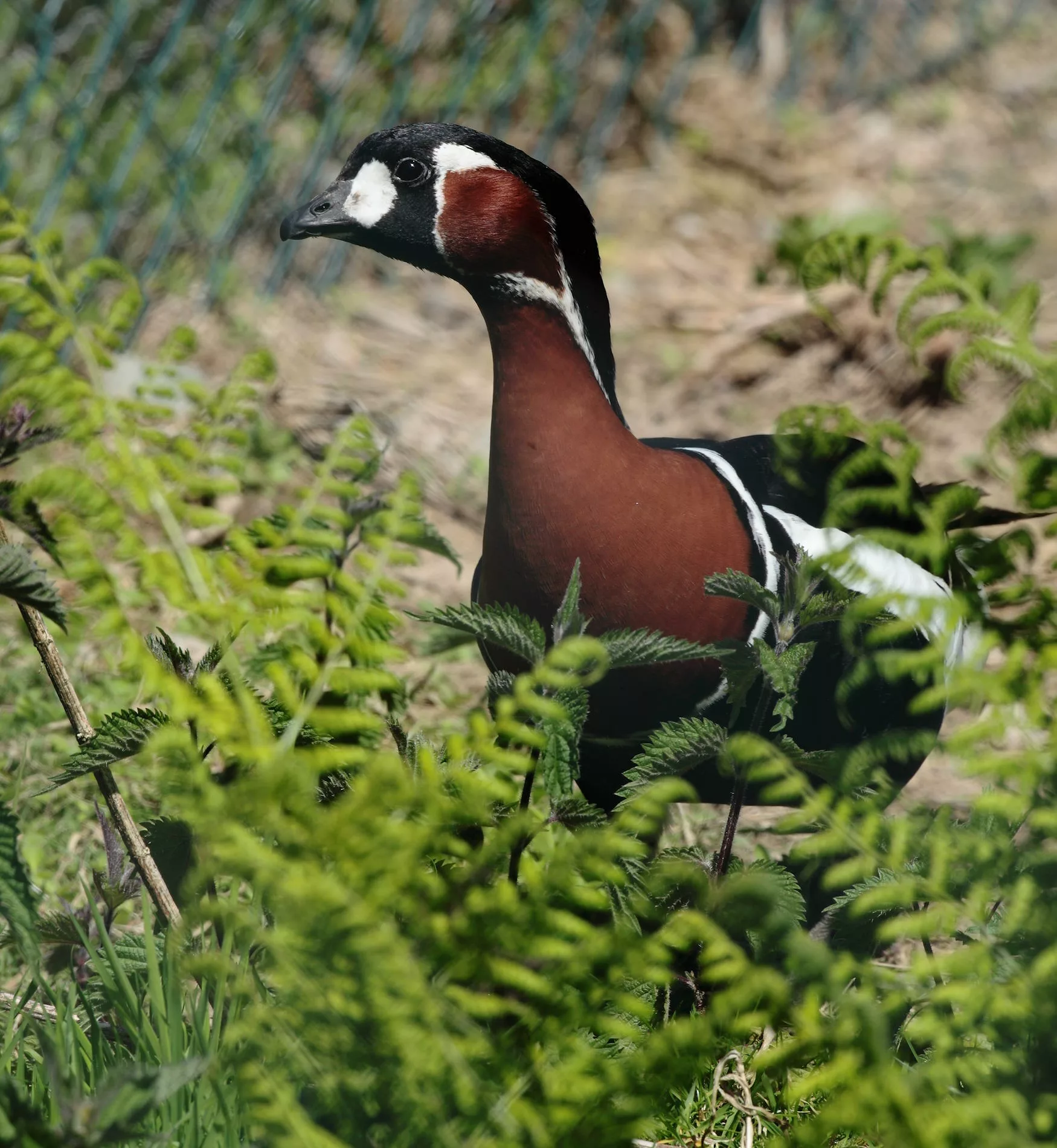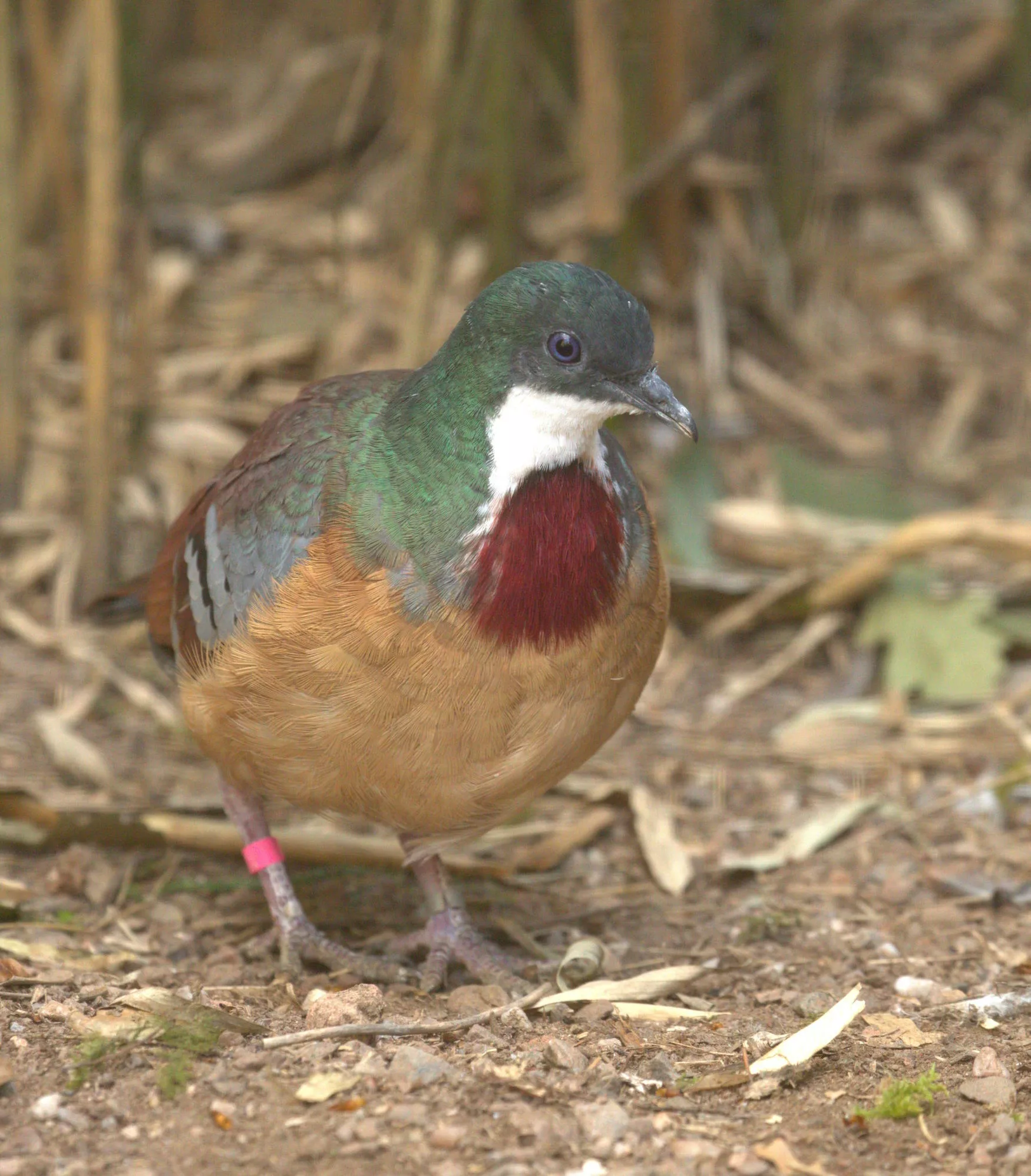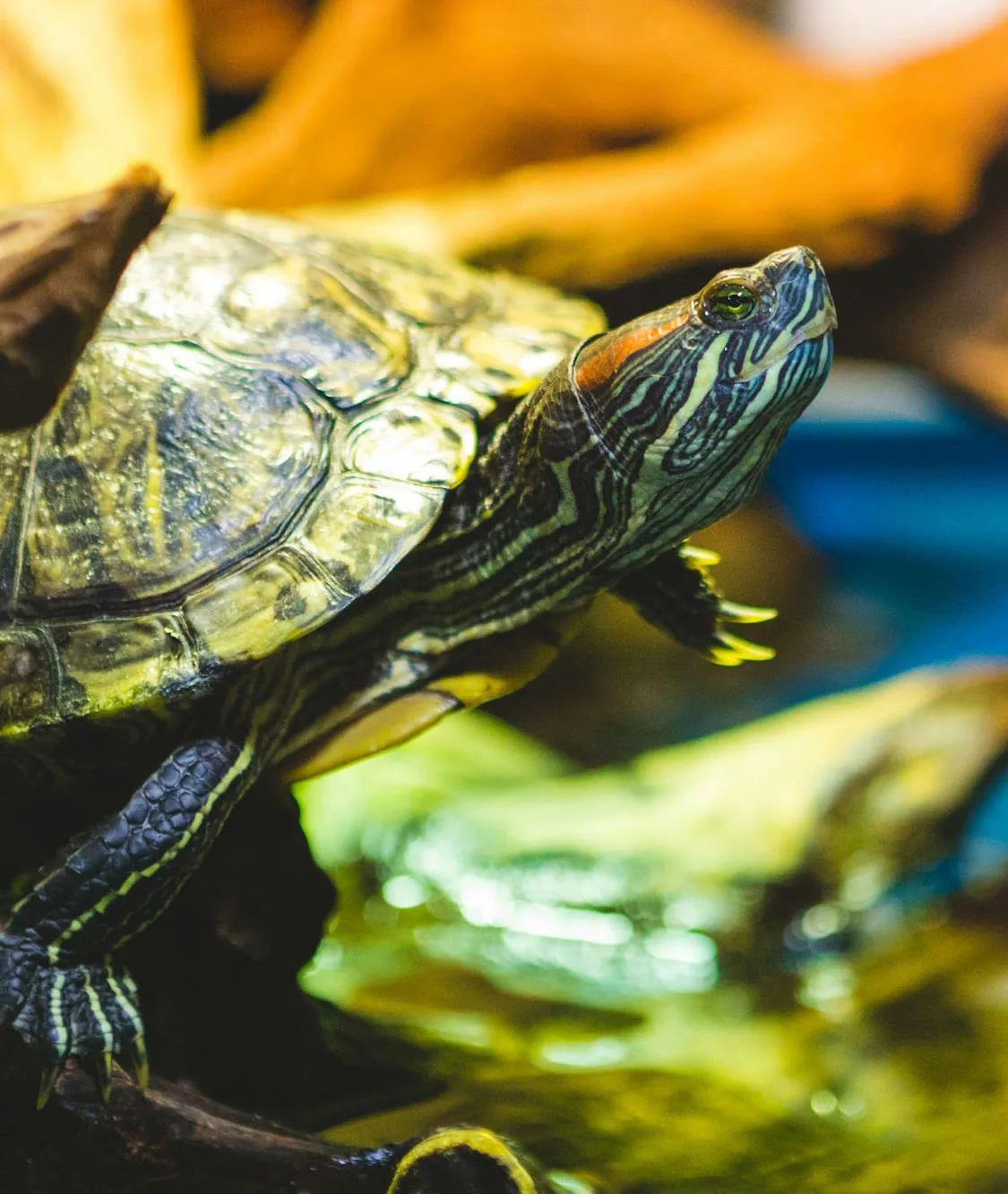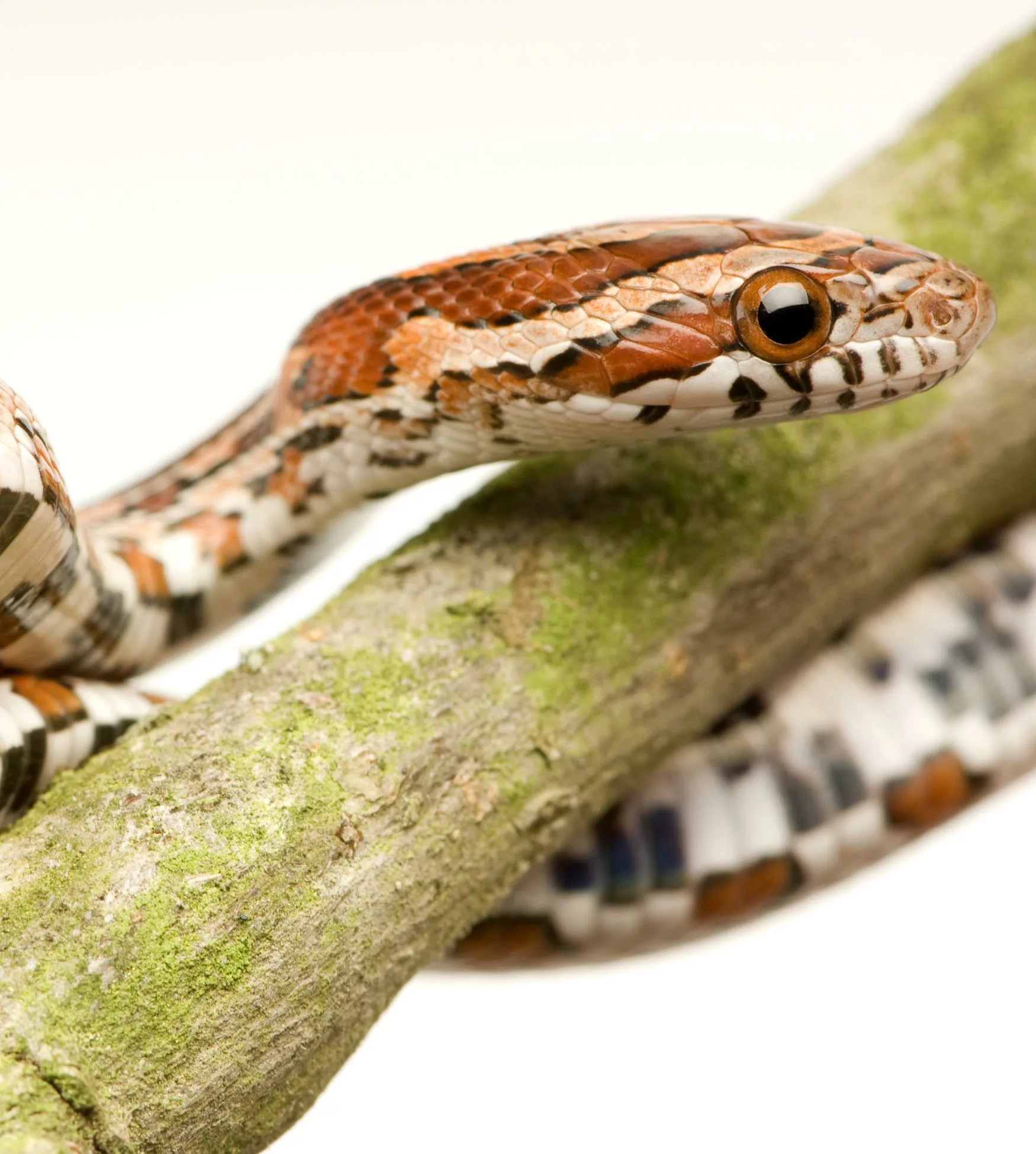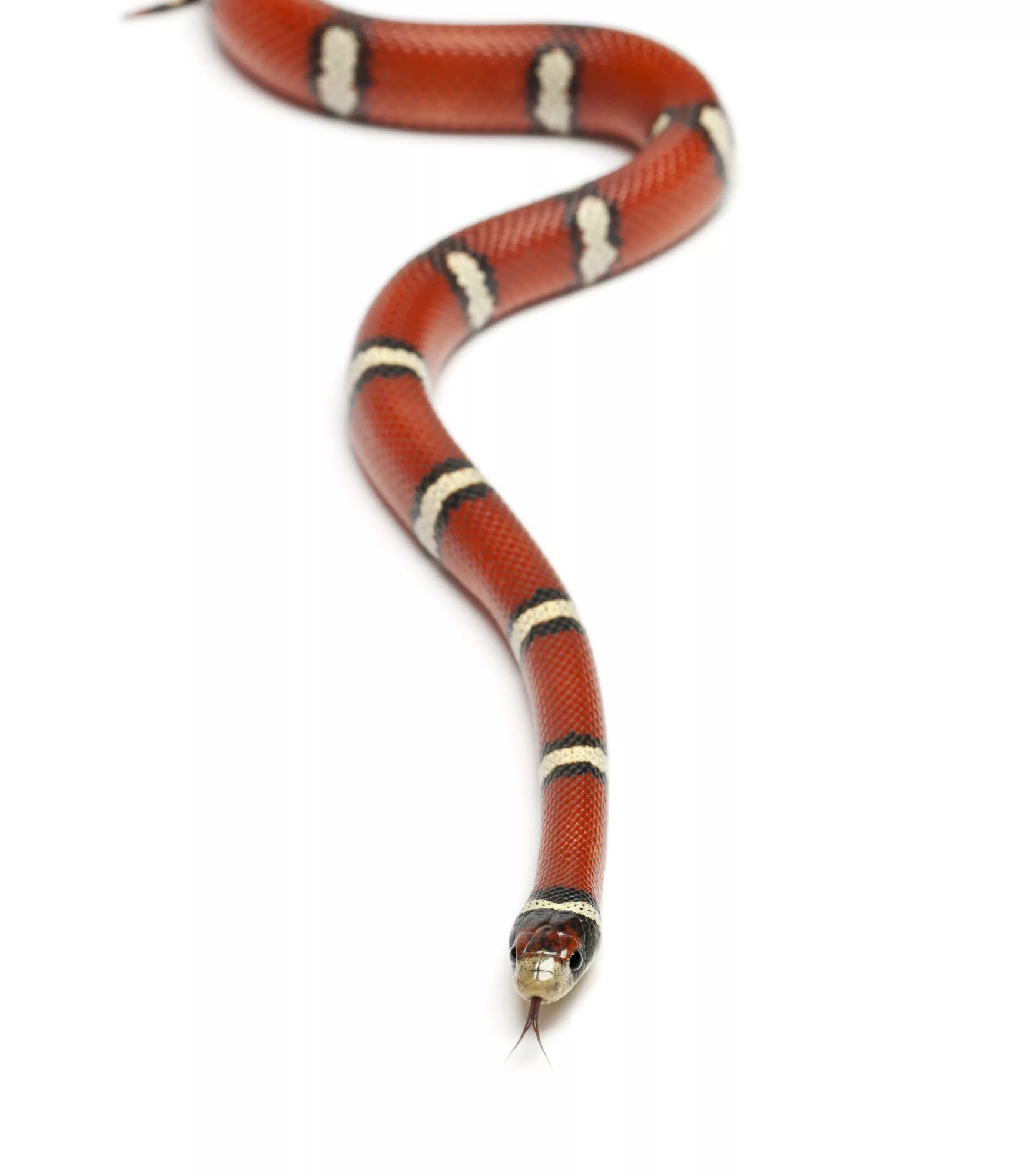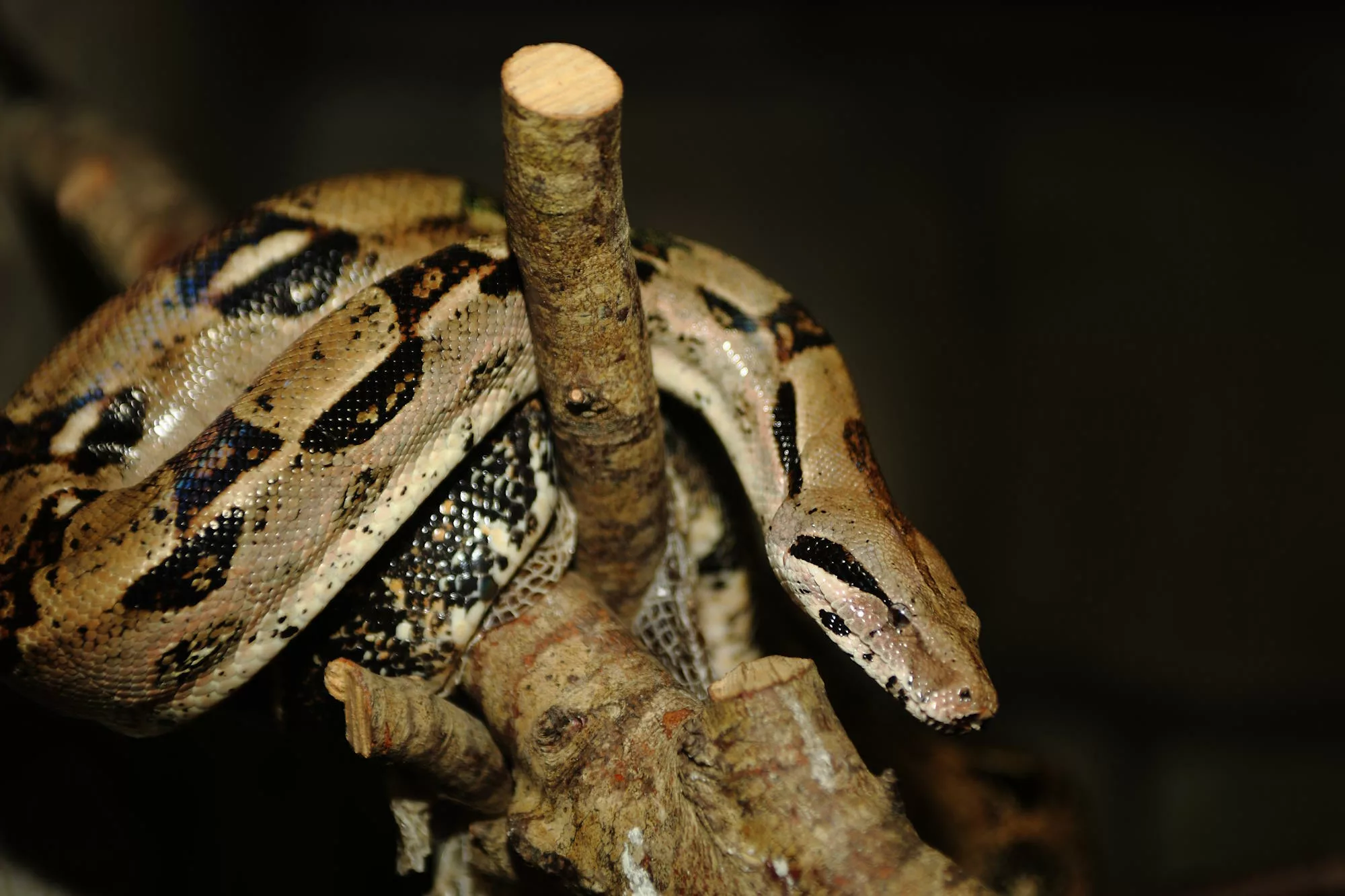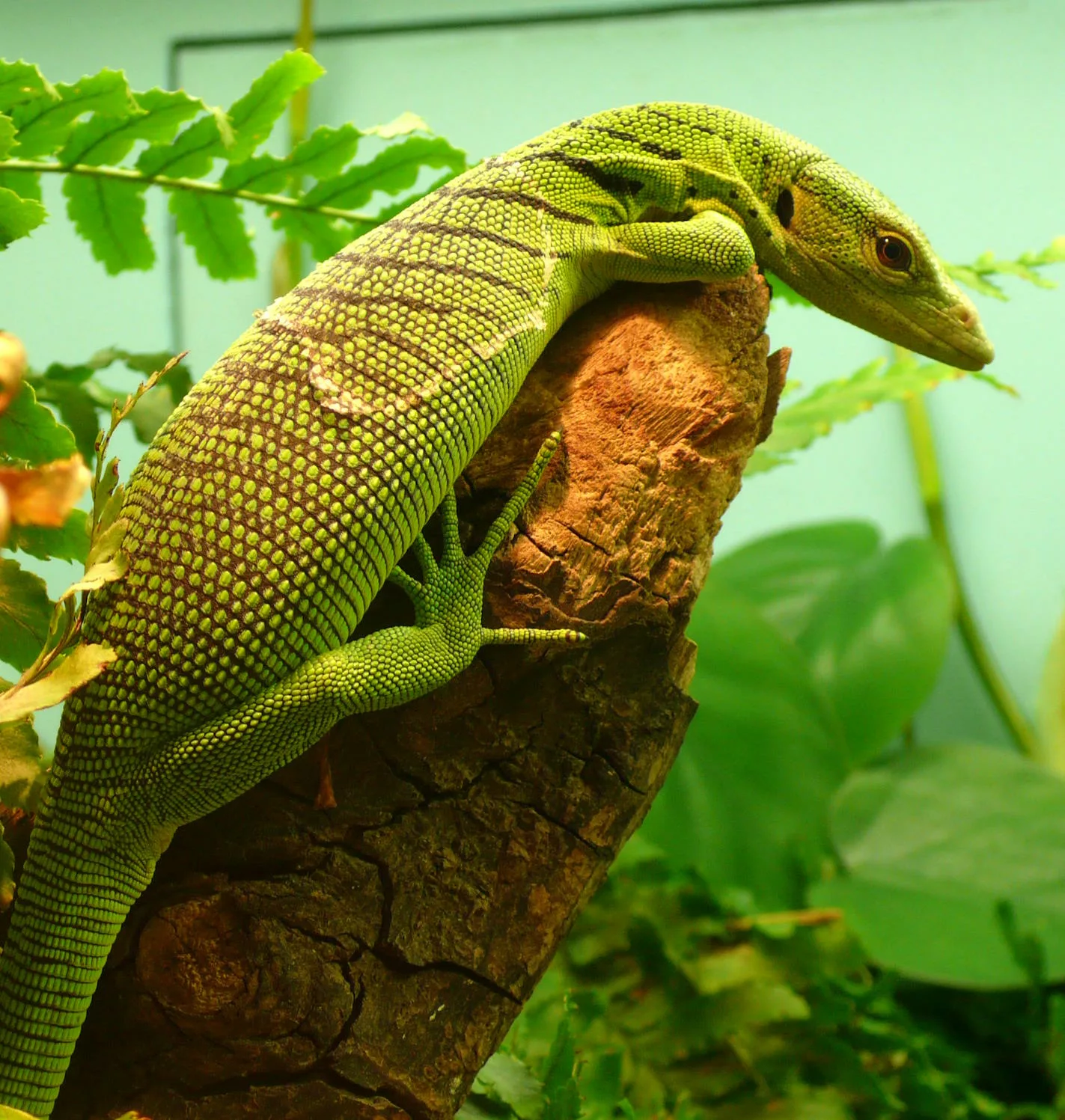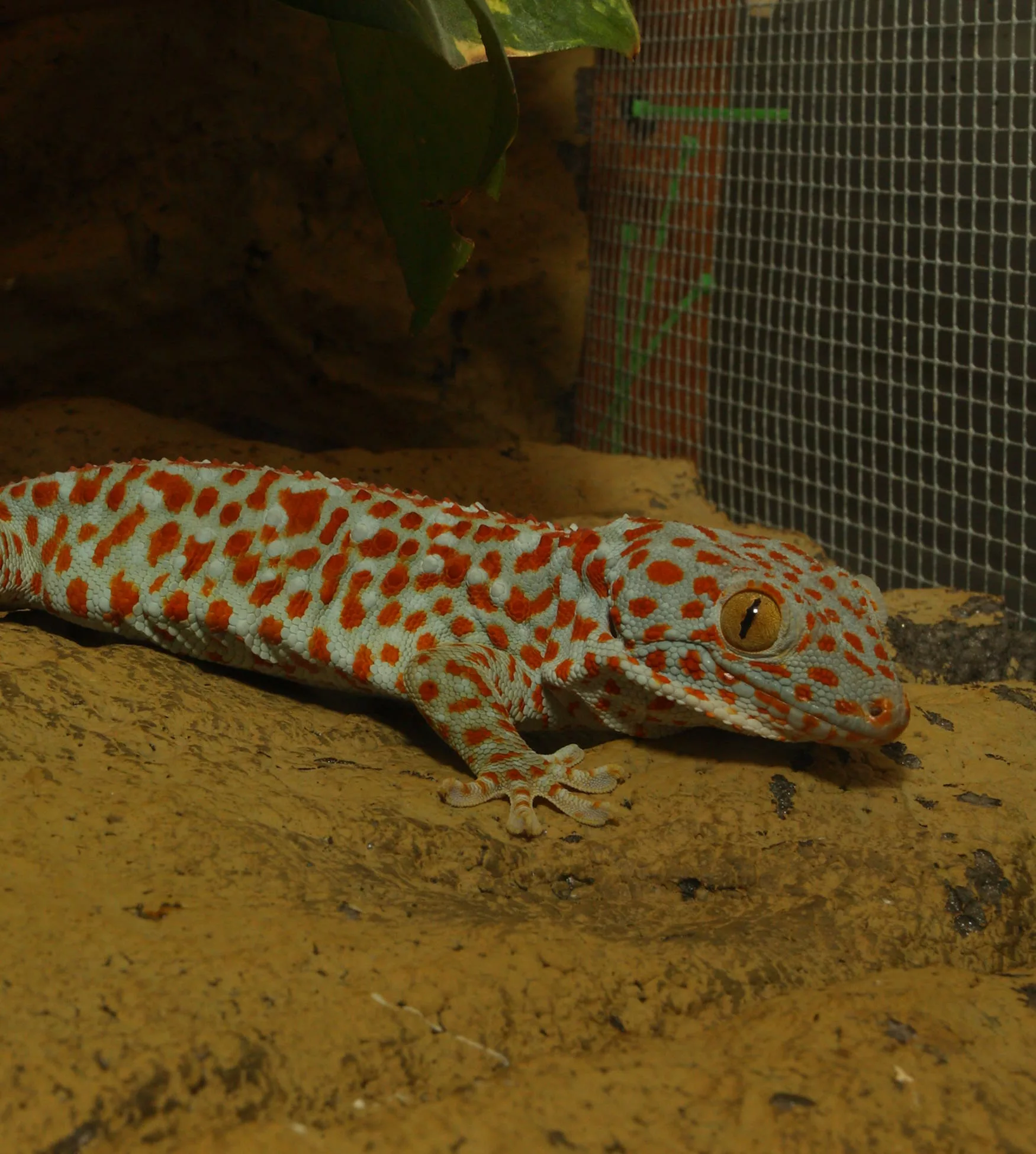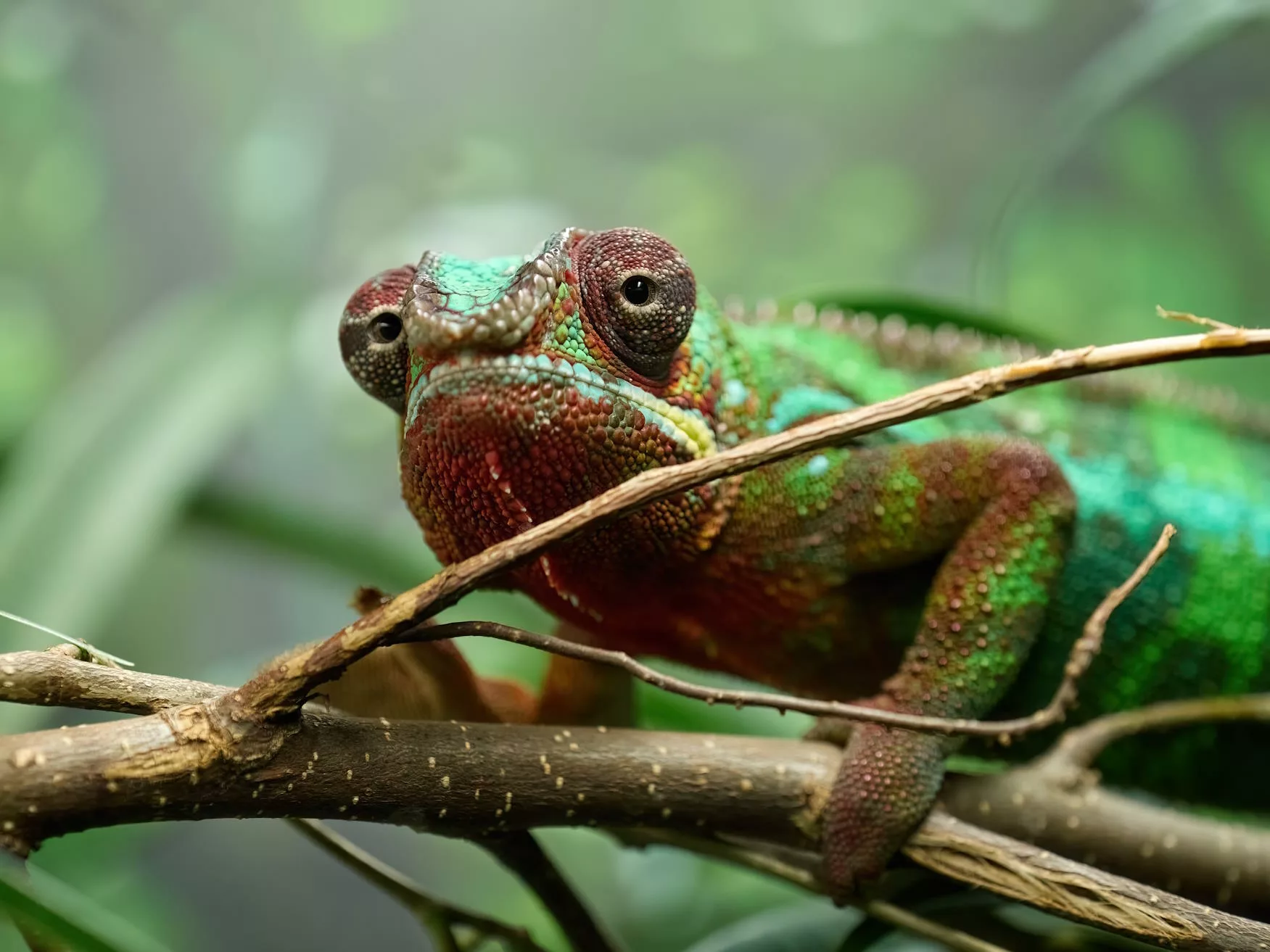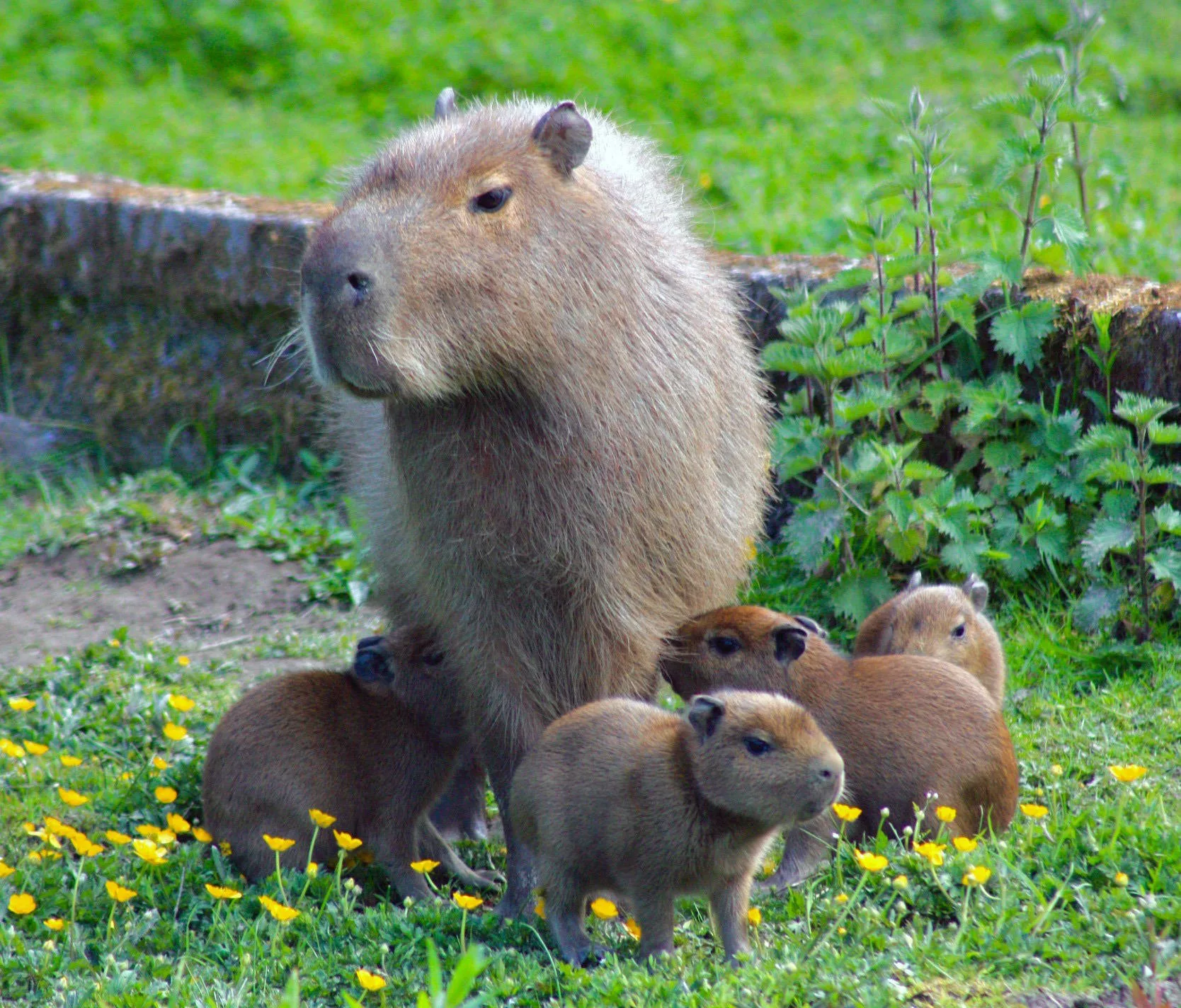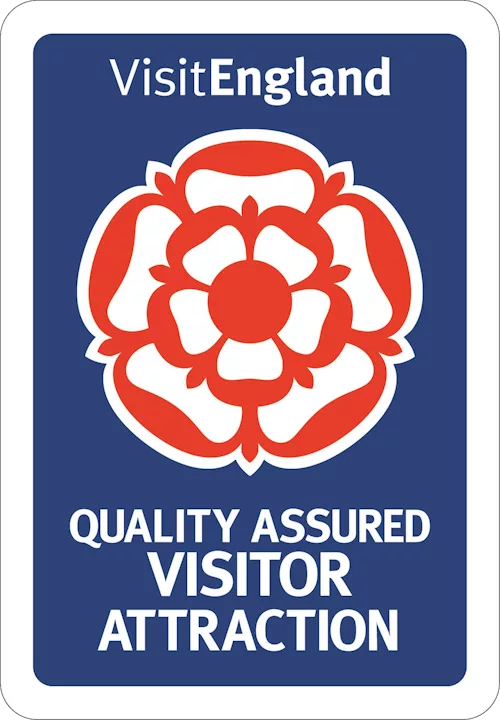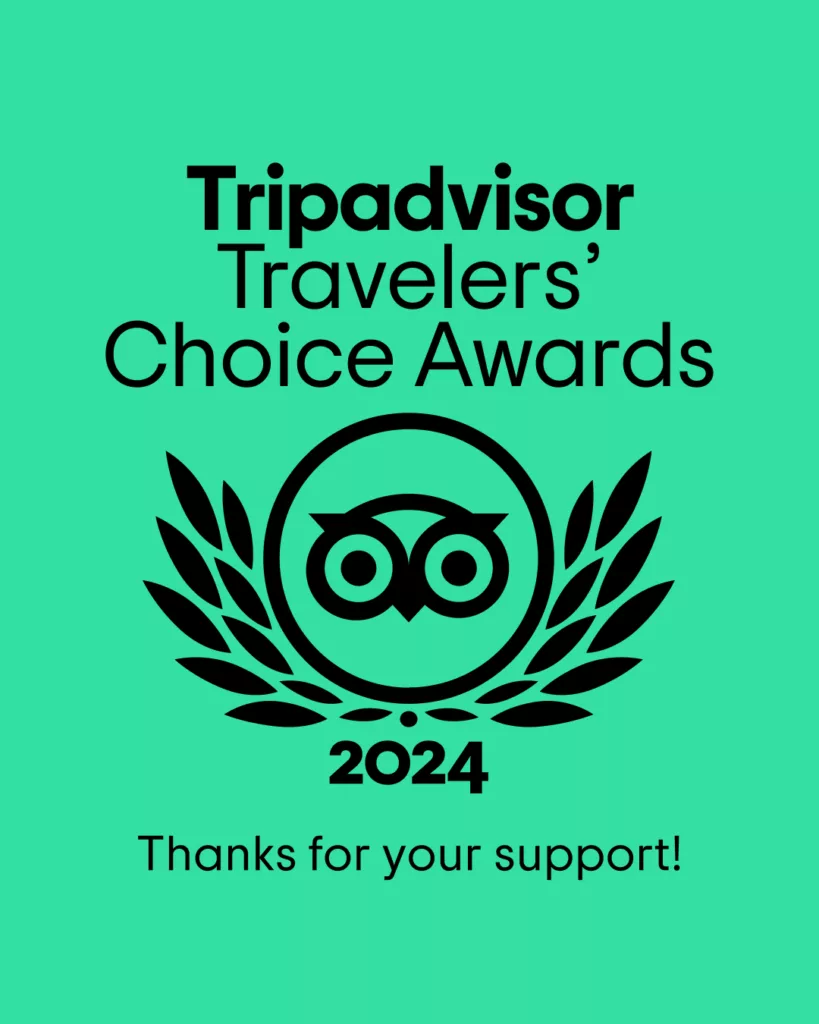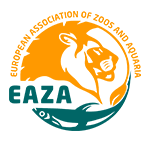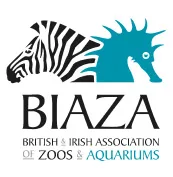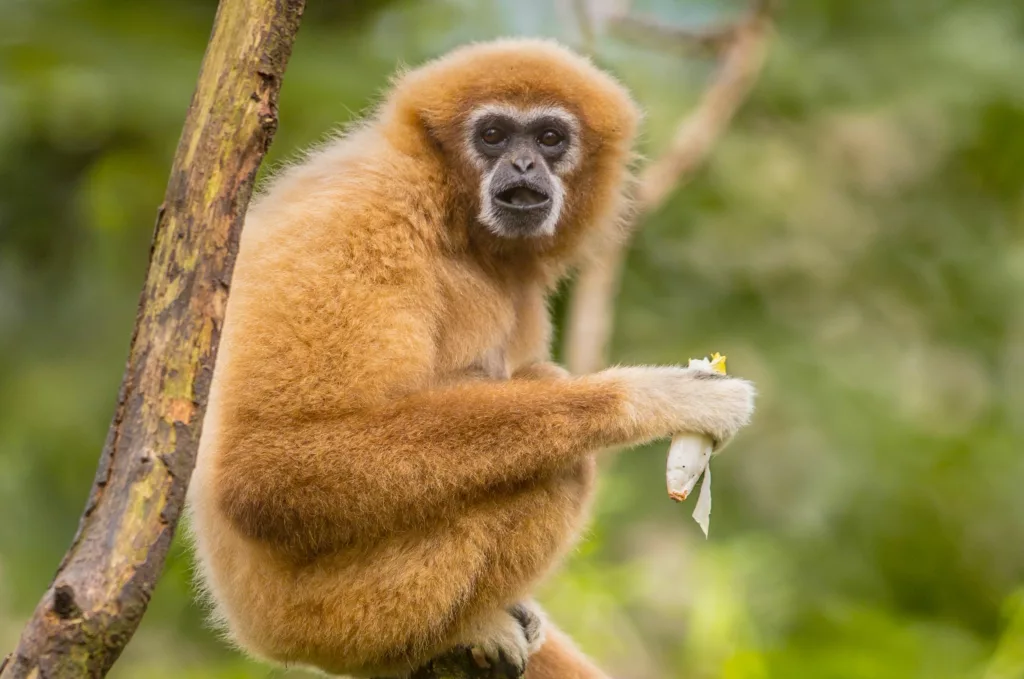
Lar gibbon
Scientific name: Hylobates lar
IUCN listed as: Endangered
Learn before you visit!
Here are some facts about the species – Discover what they eat, find out about their natural habitat, see what they like to do, and more… Set the reading style to suit you too, everyday speak or something aimed towards children.
Child-friendly
Everyday
Diet
Lar Gibbons are primarily frugivorous, meaning they mainly eat fruit. Their diet also includes leaves, flowers, and insects, making them opportunistic feeders. They prefer ripe fruits from a variety of trees and vines, ensuring a diverse intake of nutrients. During periods when fruit is scarce, they increase their consumption of leaves and insects. This varied diet supports their high energy needs and plays a role in seed dispersal, which is crucial for forest regeneration.
Lar gibbons love munching on fruits found in the rainforests, but they also enjoy leaves, flowers, and sometimes insects. They eat whatever yummy treats they can find swinging through the trees.
Breeding
Lar Gibbons are mostly monogamous, forming long-term pair bonds, but they can also display flexible mating strategies. Females give birth to a single offspring after a gestation period of about six to seven months. The young are nursed for approximately two years and reach sexual maturity at around eight years old. Both parents are involved in raising the young, although the mother takes on the primary caregiving role. This close family structure helps ensure the survival and proper development of the offspring.
Baby gibbons are born all year round after their mums carry them for about seven months. When they’re born, they’re pale, but they darken as they grow. Mums take care of their babies a lot, carrying them around and feeding them for up to two years.
Habitat
Lar Gibbons inhabit tropical rainforests in Southeast Asia, including parts of Indonesia, Laos, Malaysia, Myanmar, and Thailand. They are arboreal, spending most of their time in the forest canopy. These gibbons prefer primary and secondary forests but are increasingly found in fragmented habitats due to deforestation. Their survival is closely linked to the availability of large, contiguous tracts of forest. Habitat loss due to logging, agriculture, and urban development is a significant threat to their population.
You can find lar gibbons swinging through the treetops in the tropical rainforests of Southeast Asia. They love places with tall trees where they can move around easily and find lots of yummy fruits
At the zoo
In zoos, Lar Gibbons are housed in enclosures that mimic their natural forest habitats, complete with trees and ropes for brachiation (swinging from branch to branch). Their diet in captivity includes a variety of fruits, vegetables, and specially formulated primate food to meet their nutritional needs. Zoos play an essential role in the conservation of Lar Gibbons through breeding programs and educational initiatives. These programs help raise awareness about the threats facing gibbons in the wild and support efforts to protect their habitats. Zoos also provide a safe environment for these endangered primates to thrive and reproduce.
In UK zoos, Lars gibbons get special care to keep them happy and healthy. They live in spaces that look like forests, with trees and ropes to swing on. They eat yummy fruits and veggies to stay strong. They also have fun toys and climbing things to play with, which keep them busy and moving around. Zoos work together to make sure there are enough Lars gibbons and they stay safe in their homes for a long time.
Behaviour
Lar Gibbons are diurnal and highly arboreal, rarely coming down to the ground. They are known for their impressive brachiation, which allows them to move swiftly through the trees using their long arms. Socially, they live in small family groups consisting of a mated pair and their offspring. They communicate using loud, complex songs that serve to strengthen pair bonds and defend their territory. These vocalisations are a key aspect of their behaviour, often heard at dawn and dusk throughout the forest.
Lar gibbons are like acrobats in the trees, swinging around with their long arms and legs. They talk to each other with special calls and songs to mark their territory and chat with their gibbon friends. They usually stay high up in the trees and rarely come down to the ground.
Fun facts
- Forest Swingers: Lar gibbons are agile climbers, swinging through trees with ease.
- Melodic Communicators: They sing sweet songs to communicate with others in the forest.
- Family First: Gibbons form tight pairs, raising their young together in the treetops.
- Fruit Feasters: Their diet mainly consists of fruits, with occasional leafy snacks.
- Rainforest Residents: Found in Southeast Asia, they help keep the forest ecosystem balanced.
- Tree Athletes: Lar gibbons are fantastic at climbing and swinging through trees.
- Songful Gibbons: They sing lovely songs to talk to other gibbons in the forest.
- Family Team: Gibbons stick together in pairs, raising their babies high up in the trees.
- Fruit Fans: They love eating fruits most of all, but they’ll nibble on leaves too.
- Rainforest Friends: Living in Southeast Asia, they’re important for keeping the forest healthy.
More animals to discover at our zoo
Quick Links
Tickets & Prices
You can buy tickets for Exmoor Zoo securely online, as well as finding out more price options, discover offers, and more…
What’s on…
Exmoor Zoo hosts incredible Events all through the year. You can find out about what we’ve got in store here…
Routes & info
Like any great discovery, Exmoor Zoo can feel a little off the beaten path – but don’t worry – you can plan your journey with our recommended routes and other useful travel info.


